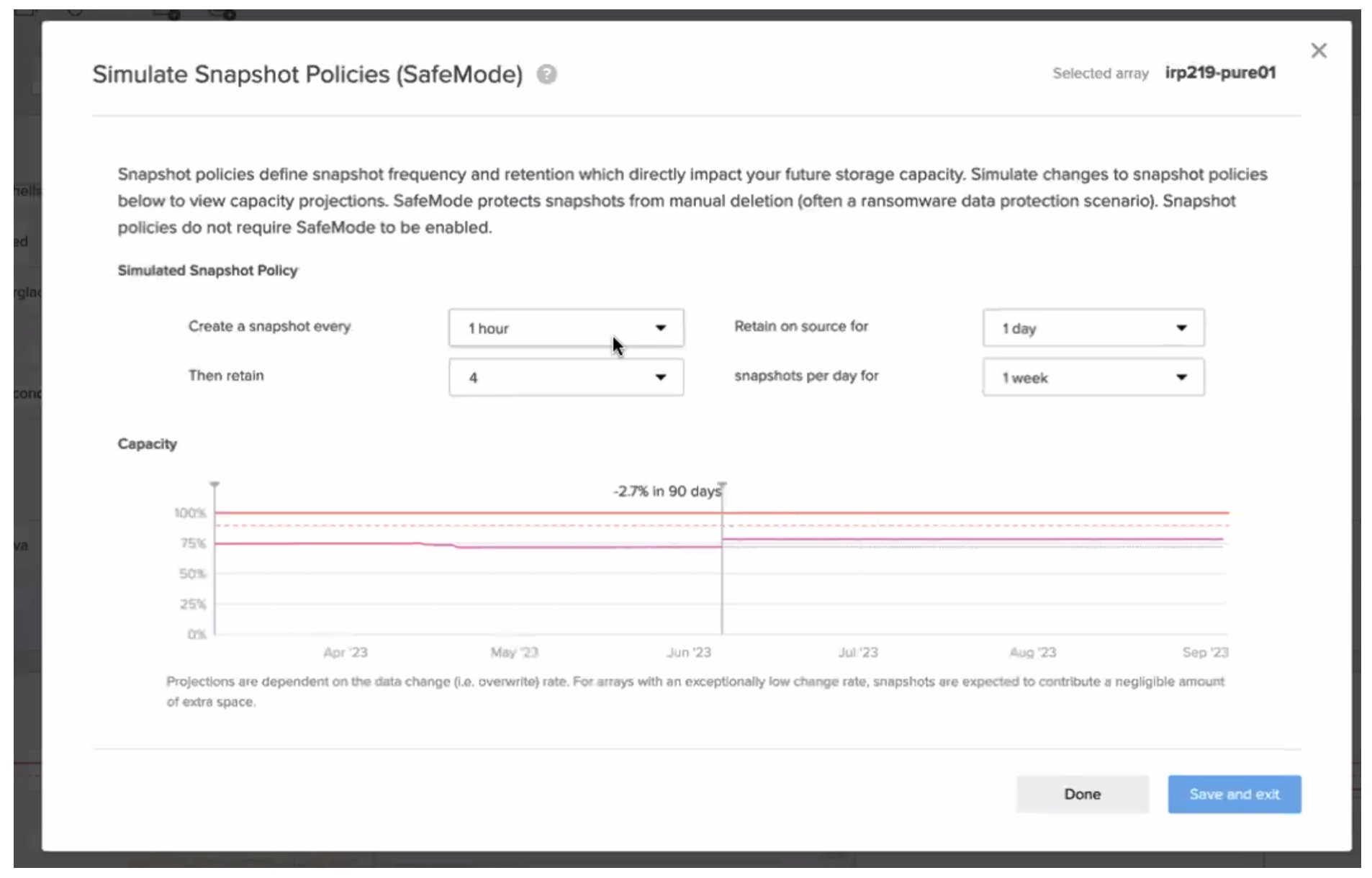I have realized that the entire AWS platform is primarily about enabling software developers rather than delivering IT infrastructure. Developers use AWS as building blocks and combine them with a small amount of business-unique code. Services running on AWS allow rapid application development and iterative improvement.
 One of the most significant challenges for enterprise organizations is the mismatch between the developer-focused cloud-native world of digital transformation and the on-premises IT that operates the business.
One of the most significant challenges for enterprise organizations is the mismatch between the developer-focused cloud-native world of digital transformation and the on-premises IT that operates the business.
Public-facing parts of the organization need to be responsive and innovative, using DevOps practices to shorten the time from inspiration to implemented application features. The more internal-facing elements may need a slower and more measured pace of change to protect production or ensure compliance.
Some of the exciting innovations from Pure Storage have been around easing that impedance mismatch and enabling innovation – without compromising the business.
Benefits of AWS
AWS Outposts allows customers to build applications using AWS inside their on-premises datacenters rather than the AWS-owned regions. Outposts will be essential when a restriction prevents the application from being built in the AWS datacenters. There may be a resource inside the on-premises datacentre that cannot move for a business, technical, or governance reason.
AWS improves developer productivity, enabling faster application development for competitive business advantage. Outposts delivers those services alongside the immovable on-premises resource. One of the crucial parts of building a unified application will be bridging the immovable resource to Outposts AWS.
Enterprise customers want certainty that their existing on-premises assets will work with the new applications built on AWS Outpost’s services. Pure Storage has validated FlashBlade as a unified storage platform for on-premises applications and Outposts.
FlashBlade
When PureStorage first launched FlashBlade, it was a high performance, scale-out, and S3 compatible object storage. Now Pure has added file serving capabilities (NFS) to make Unified Fast File and Object (UFFO) storage. Virtually, any shared data generated by your application can reside on FlashBlade and be accessed using AWS.
FlashBlade will be an ideal bridge between existing on-premises and AWS Outposts, where data volume or velocity is a challenge. For example, financial trading data might stream into a FlashBlade from a Kubernetes Cluster and require real-time analysis on Outposts. The trading system might write to an NFS share and the Outposts based analytics application might want to read that data from S3 compatible object storage.
FlashBlade is scaled-out to match the required throughput and number of connected NFS clients and can present the data that comes in through NFS as objects for the analytics application.
The Subscription Model
I am interested in the similarity of the ways that Pure and AWS sell; both offer an ongoing subscription to a service, coupling the expense to value rather than an arbitrary hardware lifecycle. Pure has Pure-as-a-Service and Evergreen storage options, which offer purchasing flexibility that is much more like AWS’s model than a legacy storage company.
One aspect is the non-disruptive nature of upgrades: hardware, firmware, and software updates without outage come standard on AWS and PureStorage. Customers will probably find that the scalability of AWS Outposts is more of a concern than the scalability of FlashBlade.
FlashBlade can aggregate 150 blades into a cluster, with more capacity and performance than a few racks of Outposts will require.
If you have a large volume or velocity of data, then look at Pure FlashBlade as an option for scale-out unified storage. If you also need to enable rapid innovation around digital transformation with that data, then look at the possibility of combining FlashBlade with AWS Outposts, especially if your development teams want to pursue more DevOps methodologies.




